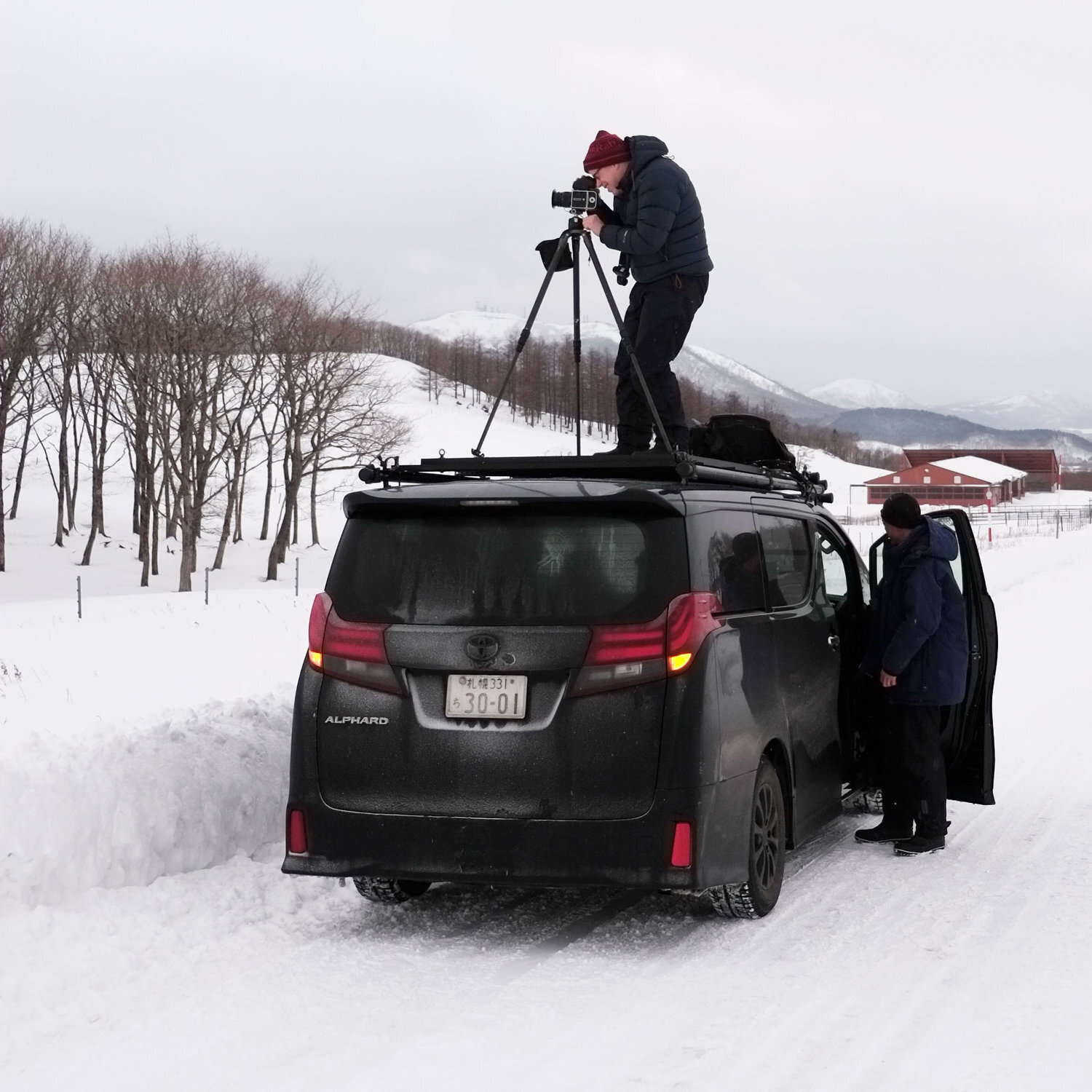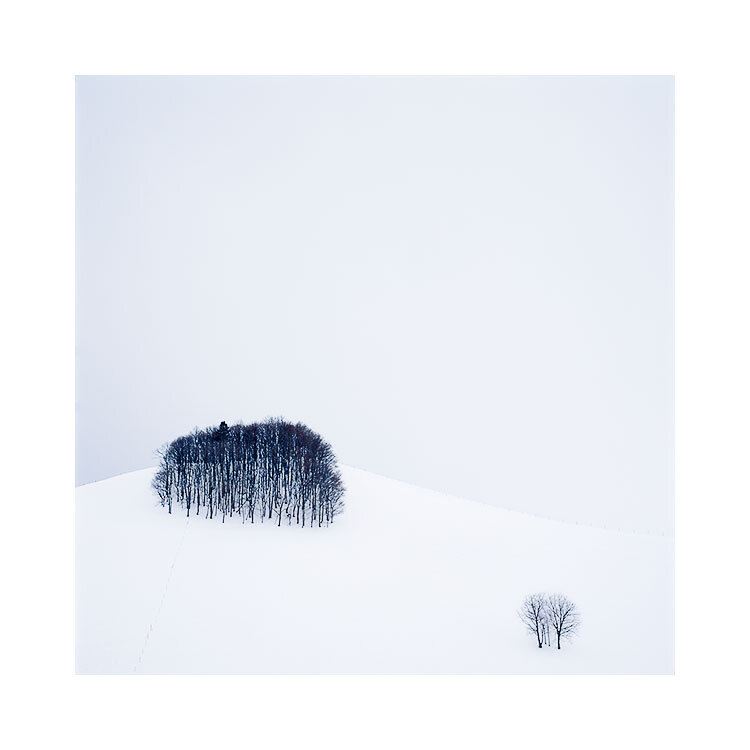We had a bit of rain, and low lying cloud. It was ‘socked in’, quite heavily, and I’ve been in so many similar situations, that I now know to embrace it. Even though, it has taken me quite a few years to come to this understanding.
Anticipation cannot be avoided. We are, by nature beings that when we are not living in the past, we are thinking about the future. Seldom are we in the present moment.
As a workshop or tour guide / leader / whatever it is that I actually am, I’m aware of seeing the same emotions, the same highs and lows in groups when the weather is not cooperating. It is a funny thing to realise that all of us cannot escape anticipation.
I think that anticipation of a location is similar to pre-visualisation. It can be a hindrance. Expecting a landscape to give you what you want, let alone even be aware of your needs is something we all have to, at some point, understand is a futile preoccupation. We have to learn that it is us whom must submit to the landscape, as it will not submit to us.
But anticipation does have its benefits. I am 100% sure it is not entirely a destructive mental process. If we do not anticipate anything then this may suggest boredom, or a lack of engagement. I think when we are excited and looking forward, we cannot help but anticipate. It is a form of photographic-hope.
What I think anticipation’s most destructive aspect is on all of us, is its way of stopping us from seeing outside of what we hoped to get. Much like comparison is the thief of joy, anticipation the thief of working with the unexpected. When we don’t see what we want, we will often say ‘there was nothing there today’. Fact is, what we’re really often saying is ‘I couldn’t get past my expectations’.
We have to learn to let go of what we wanted to get, and recognise that there may be something else staring us in the face, which may be just as valuable as the thing we didn’t see.
I often think that the creative process is the art of working on one’s own personal hang-ups. The landscape tends to mirror back what we are feeling. If we feel excited, then the landscape is exciting. If we feel uninspired, then we think the landscape is uninspired. But the landscape just is. It is neither boring or interesting. It just exists and what we are dealing with is our own personal way of working though how we feel about what we are seeing.
Anticipation cannot be avoided. We are all hard-wired to anticipate. It is what drives us forward. But it can steer us into a cul-de-sac of seeing nothing, when there is something there to photograph.
Learning to understand when anticipation has taken us over may be the first step. Learning to deal with the dissapointment of not getting what you wanted may be the second step. Thinking there may be something else to find, and deciding to let go of previous wants, is ultimately where we want to get to.
If we can reach this stage in our own development, then we will be more open to discovering compositions that may be even better than what we had first anticipated.

























